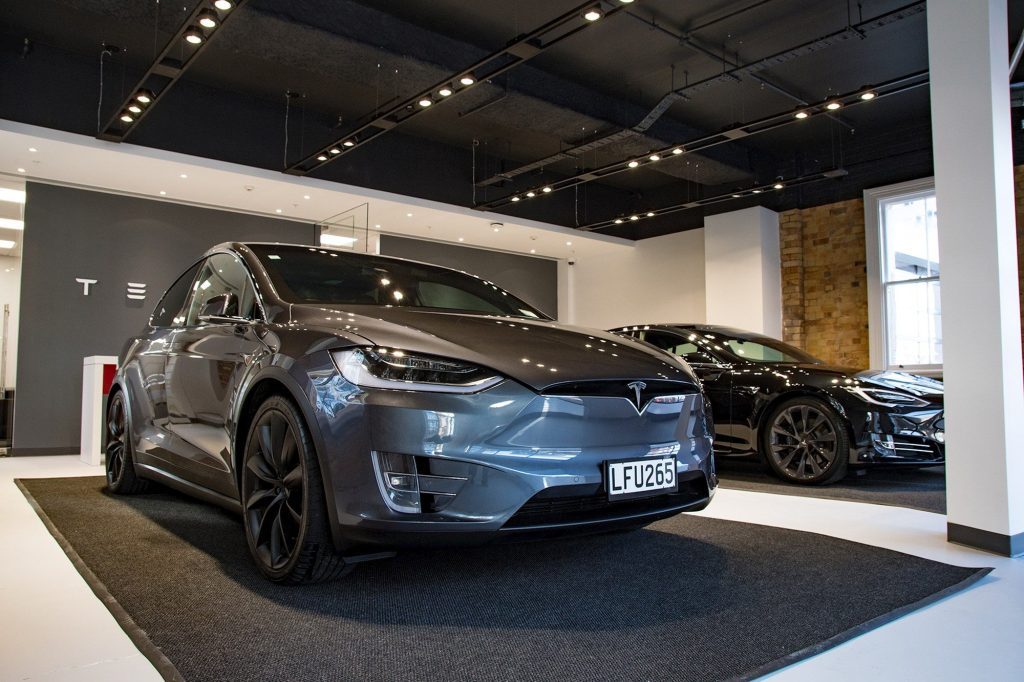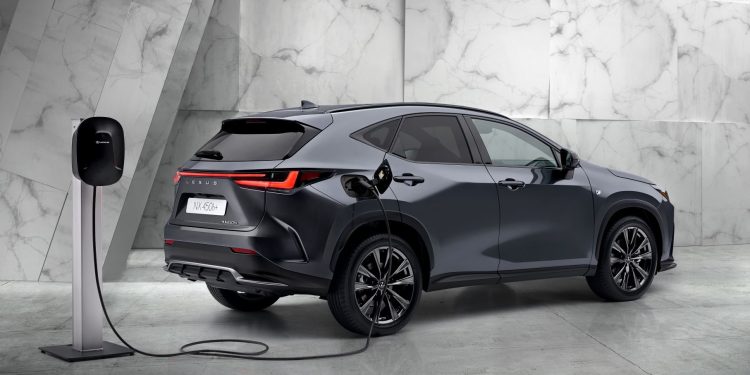NZ electric vehicle sales soared in 2021, but still ‘not enough’ for govt targets
Words: Matthew Hansen
The Motor Industry Association (MIA) has released figures confirming that 2021 was one of the most environmentally friendly years in new-vehicle market registrations in the last two decades. But, despite the drop in emissions across the new-car fleet, much more needs to be done to meet the targets of the government’s controversial Clean Car Standard.
Last year saw significant growth in the sales of electrified vehicles following the government’s introduction of the Clean Car Discount scheme in July, offering motorists a rebate of up to $8,625 on a brand new plug-in vehicle.
The impact of this policy was underscored by the success of the Tesla Model 3, which was the best selling passenger vehicle in the country last September, and one of the 10 most popular new vehicles of the year.

The MIA says that sales of electrified vehicles grew in 2021 by a staggering 94 per cent year-on-year, with 25,194 hybrids, plug-in hybrids, and dedicated EVs registered in 2021 compared to 12,997 in 2020.
Breaking that down further, sales of pure BEVs increased by a whopping 344 per cent in 2021. Plug-in hybrid sales were up 228 per cent, and hybrid sales were up 59 per cent. All up, this made up for a 4.7 per cent drop in emissions; the largest annual reduction in emissions since 2006.
Despite the surge though, the MIA says that the growth is still not enough for the country to meet the government’s stiff Clean Car Standard CO2 targets that are coming in 2025 and beyond. It states that in order to meet the 2025 targets, New Zealand’s electrified vehicle intake needed to be closer to 10 per cent in 2021, rather than the still commendable 4.7 per cent.
It “urges” government to reconsider the Clean Car targets when the Land Transport Amendment Bill goes through its second and third readings. It states that vehicle prices are likely to spiral out of control as brands deal with imminent fines for not meeting carbon targets if the government’s targets aren’t reformed.
“New Zealand distributors are working closely with their parent companies to transition as fast as we can to a more fuel-efficient fleet. However, the transition is nowhere fast enough to avoid the Government’s looming clean car standard penalties from 2023 onwards,” Crawford says.
“For our sector to reach the proposed 2025 target, we needed to have reduced our average emissions by 10% in 2021, not 4.7%. […] Failing to meet the targets means prices for vehicles will increase to offset the penalties faced by new vehicle importers.”

The MIA, which represents the country’s motoring brands, has long been vocal in its opposition to the severity of the standard’s upcoming targets for 2025, 2026, and 2027.
Following confirmation of the government’s 2026 and 2027 targets last September, the MIA said the bill “demonstrated an appalling lack of understanding of how to effectively reduce emissions”, adding that “as drafted, the Bill will impose crippling penalties on the vast majority of current new vehicle distributors operating in New Zealand and ultimately onto consumers”.
A number of brands have made similar calls to action, with the likes of Isuzu and Suzuki also issuing submissions to the government stating that if the targets aren’t adjusted they could shut up shop and leave the market. Although Suzuki recently did a 180 on this earlier claims, issuing a press release late last month outlining that it’s committed to staying in New Zealand.





